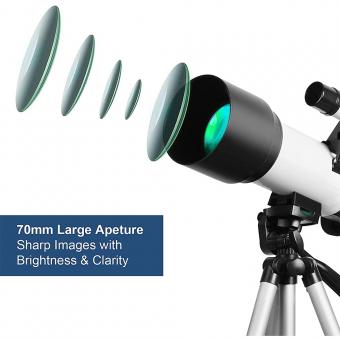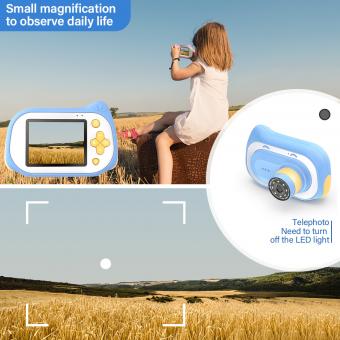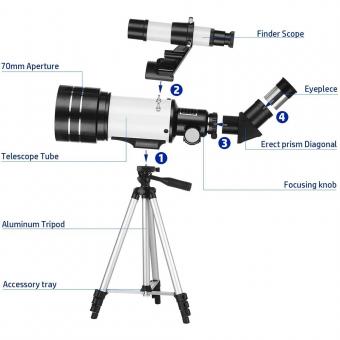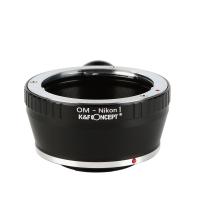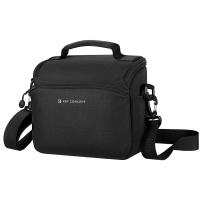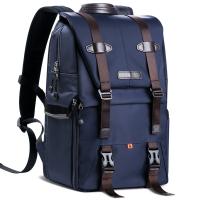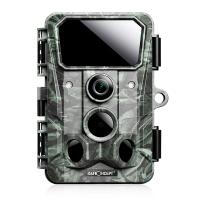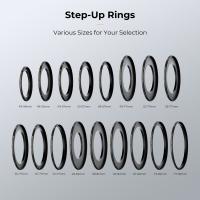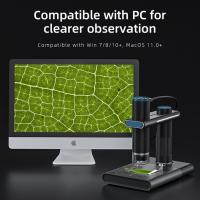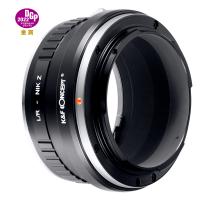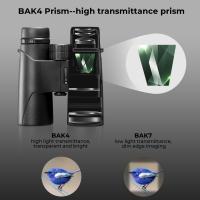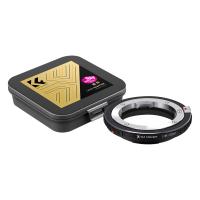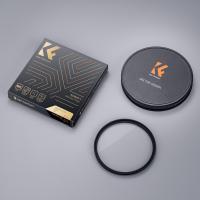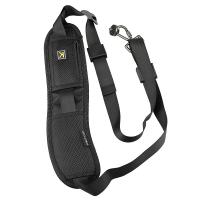How To Use A Handheld Telescope ?
To use a handheld telescope, first, adjust the eyepiece to your eye's comfort by twisting it in or out. Then, point the telescope towards the object you want to observe. Use the focus knob to adjust the focus until the object appears clear and sharp. If the object is moving, you may need to adjust the focus again.
To stabilize the image, hold the telescope with both hands and brace your elbows against your body or a stable surface. You can also use a tripod or monopod to keep the telescope steady.
When observing celestial objects, it's best to do so in a dark area away from city lights. Allow your eyes to adjust to the darkness for a few minutes before using the telescope.
Remember to never look directly at the sun through a telescope, as it can cause permanent eye damage. Use a solar filter or projection method to safely observe the sun.
1、 Assembly and Setup
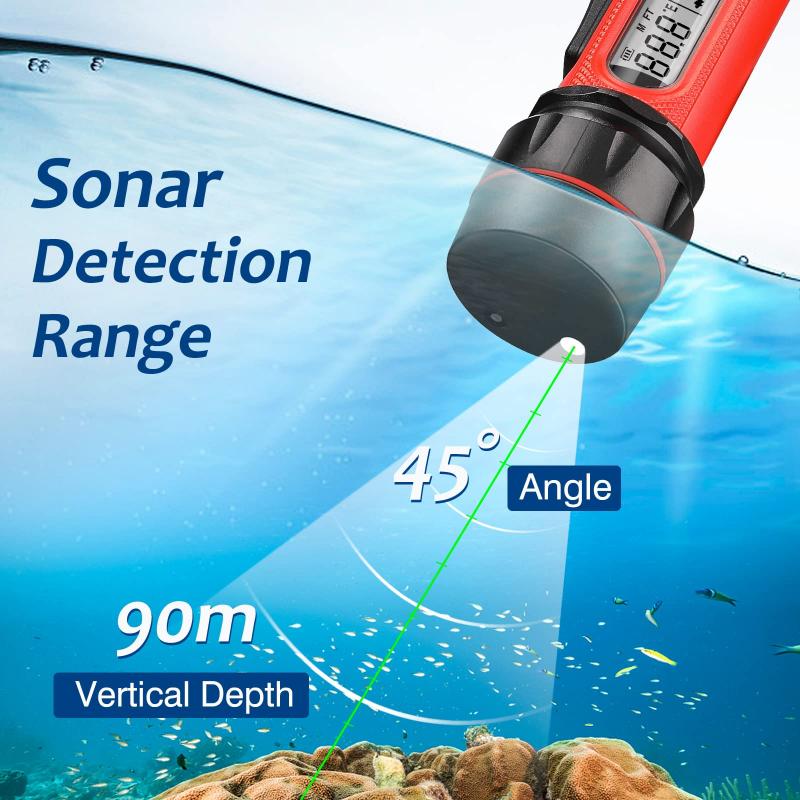
Using a handheld telescope can be a fun and rewarding experience, but it's important to know how to properly assemble and set up your telescope before use. Here are some steps to follow:
1. Read the instructions: Before assembling your telescope, it's important to read the instructions carefully. This will help you understand how to properly assemble and use your telescope.
2. Assemble the telescope: Once you've read the instructions, it's time to assemble your telescope. This typically involves attaching the eyepiece, focusing mechanism, and other components to the main body of the telescope.
3. Adjust the focus: Once your telescope is assembled, it's important to adjust the focus. This can be done by turning the focusing knob until the image is clear and sharp.
4. Choose your target: With your telescope set up and focused, it's time to choose your target. This could be a planet, star, or other celestial object.
5. Point the telescope: To point your telescope at your target, you'll need to use the finder scope. This is a small telescope mounted on top of the main telescope that helps you locate your target.
6. Observe your target: Once you've located your target, it's time to observe it. This can be done by looking through the eyepiece and adjusting the focus as needed.
It's important to note that using a handheld telescope requires patience and practice. It may take some time to get used to the controls and to locate objects in the sky. However, with practice, you'll be able to enjoy the wonders of the universe from the comfort of your own backyard.
2、 Focusing and Adjusting
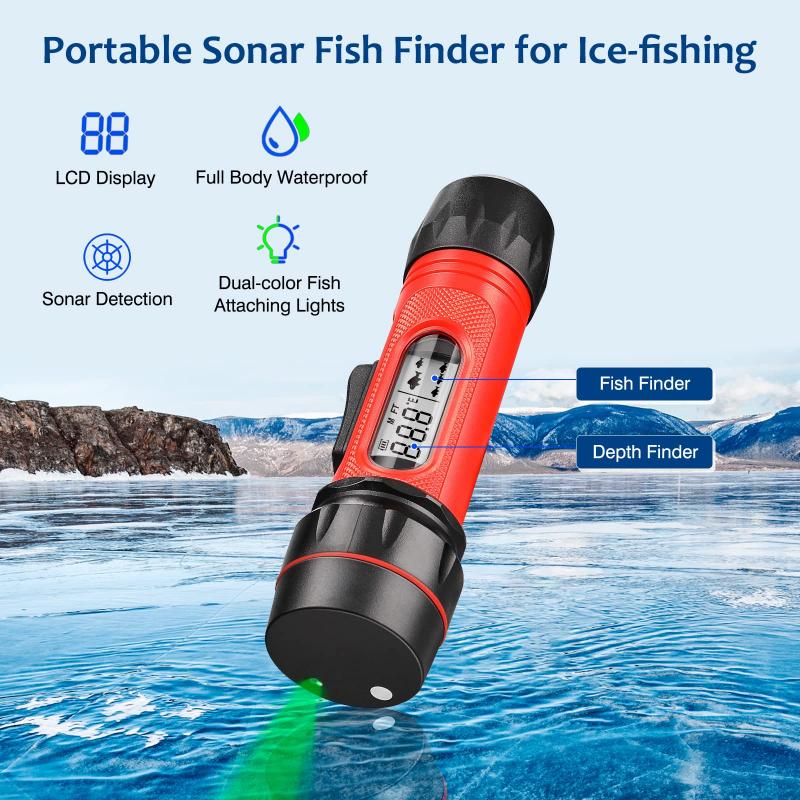
Using a handheld telescope can be a fun and rewarding experience, but it can also be frustrating if you don't know how to properly focus and adjust the device. Here are some steps to help you get the most out of your handheld telescope:
1. Choose a good location: Find a spot with minimal light pollution and a clear view of the sky. This will help you see more stars and planets.
2. Set up the telescope: Make sure the telescope is properly assembled and mounted on a stable surface. Adjust the tripod legs to the appropriate height and make sure the telescope is level.
3. Adjust the eyepiece: The eyepiece is the part of the telescope that you look through. Adjust it by turning the focus knob until the image is clear and sharp. If you wear glasses, you may need to adjust the eyepiece further to compensate for your prescription.
4. Adjust the magnification: Most handheld telescopes come with interchangeable eyepieces that allow you to adjust the magnification. Choose the appropriate eyepiece for the object you want to observe and adjust the magnification accordingly.
5. Track the object: Once you have found the object you want to observe, use the telescope's tracking mechanism to keep it in view. This may require small adjustments to the focus and magnification as the object moves across the sky.
6. Practice: Using a handheld telescope takes practice, so don't be discouraged if you don't get it right the first time. Keep practicing and experimenting with different settings until you find what works best for you.
In addition to these steps, it's important to keep your expectations realistic. Handheld telescopes are not as powerful as larger, more expensive telescopes, so you may not be able to see as much detail or as many objects. However, with patience and practice, you can still have a rewarding experience observing the night sky with a handheld telescope.
3、 Finding Objects
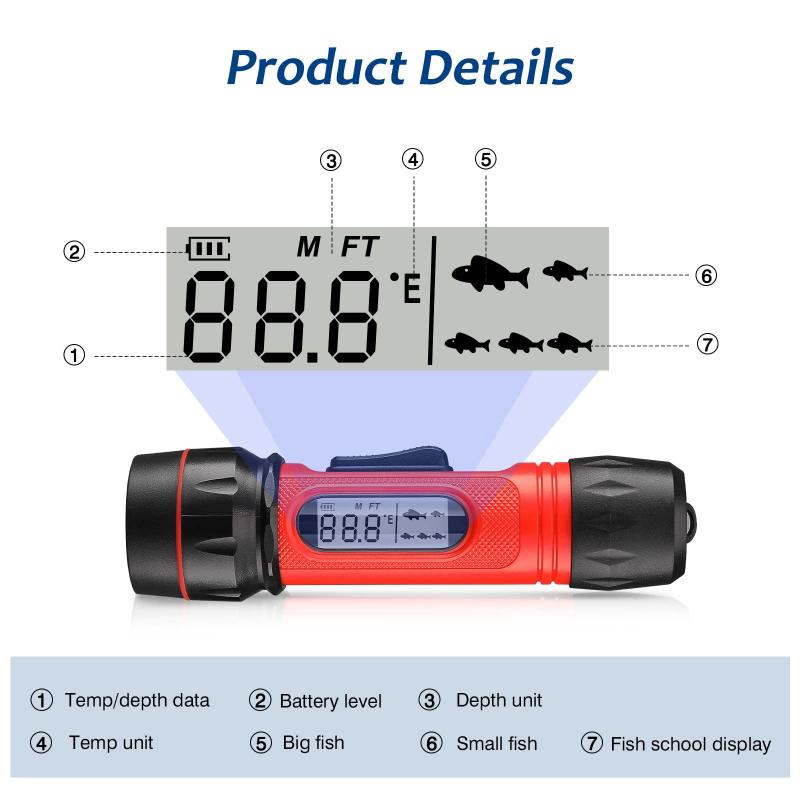
How to use a handheld telescope? The first step is to familiarize yourself with the telescope's parts and functions. Most handheld telescopes have an eyepiece, a focusing knob, and a lens. Once you have a good understanding of the telescope's parts, you can start using it to observe the night sky.
Finding objects is one of the most important skills to master when using a handheld telescope. The easiest way to find objects is to use a star chart or a smartphone app that shows the positions of stars and planets. Once you have identified the object you want to observe, point the telescope in that direction and use the focusing knob to bring the object into sharp focus.
It's important to note that handheld telescopes have limitations when it comes to magnification and image quality. They are best suited for observing bright objects like the moon, planets, and stars. If you want to observe fainter objects like galaxies and nebulae, you may need a larger telescope with a higher magnification.
In recent years, there has been a growing interest in using handheld telescopes for astrophotography. With the right equipment and techniques, it is possible to capture stunning images of the night sky using a handheld telescope. However, this requires a lot of practice and patience, as well as a good understanding of the principles of astrophotography.
In conclusion, using a handheld telescope can be a rewarding and enjoyable experience for anyone interested in astronomy. By mastering the skills of finding objects and focusing the telescope, you can explore the wonders of the night sky and gain a deeper appreciation for the universe around us.
4、 Observing Techniques

How to use a handheld telescope:
1. Choose a location with minimal light pollution and a clear view of the sky.
2. Set up the tripod and attach the telescope to it.
3. Adjust the focus by using the focus knob until the image is clear.
4. Use the finder scope to locate the object you want to observe.
5. Once you have found the object, adjust the focus again to get a clear image.
6. Use the eyepiece to zoom in or out on the object.
7. Take breaks to rest your eyes and avoid eye strain.
Observing Techniques:
1. Start with easy targets: Begin by observing the moon, planets, and bright stars before moving on to more challenging objects like galaxies and nebulae.
2. Use filters: Filters can enhance the contrast and detail of certain objects, such as the moon or planets.
3. Use a star chart: A star chart can help you locate objects in the sky and plan your observing session.
4. Keep a log: Keeping a log of your observations can help you track your progress and remember what you have seen.
5. Use a red light: A red light can help preserve your night vision while observing.
6. Experiment with different eyepieces: Different eyepieces can provide different magnifications and fields of view.
7. Take advantage of technology: There are many apps and websites available that can help you plan your observing session and locate objects in the sky.
The latest point of view on observing techniques is that technology is becoming increasingly important in astronomy. Many amateur astronomers are using apps and websites to plan their observing sessions and locate objects in the sky. Additionally, advances in telescope technology, such as computerized mounts and adaptive optics, are making it easier for amateur astronomers to observe faint and distant objects. However, it is important to remember that observing with a handheld telescope can still be a rewarding and enjoyable experience, even without the latest technology.

